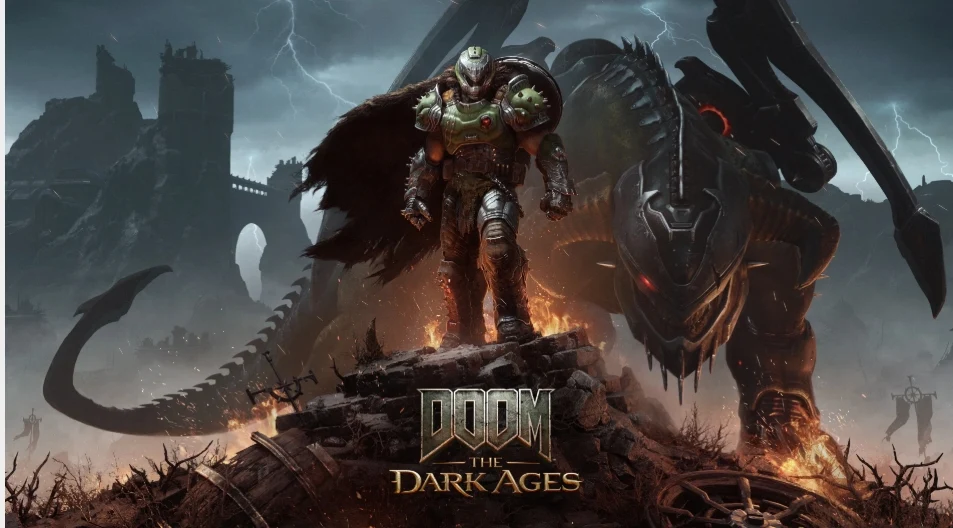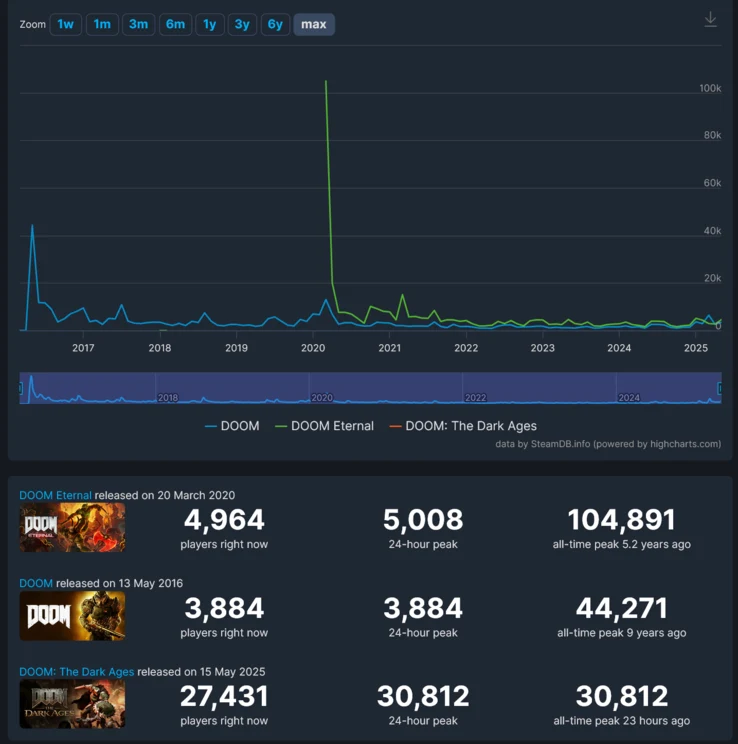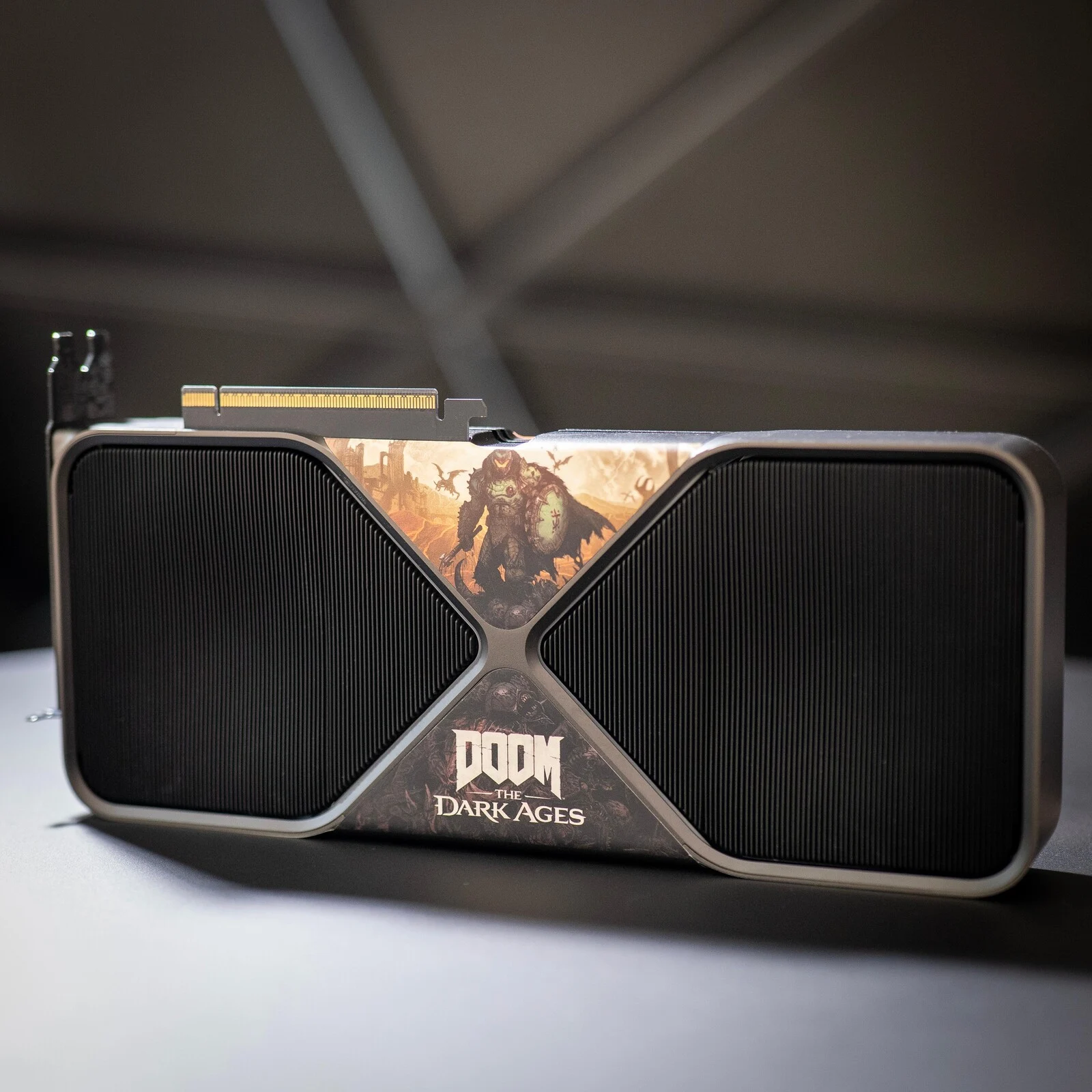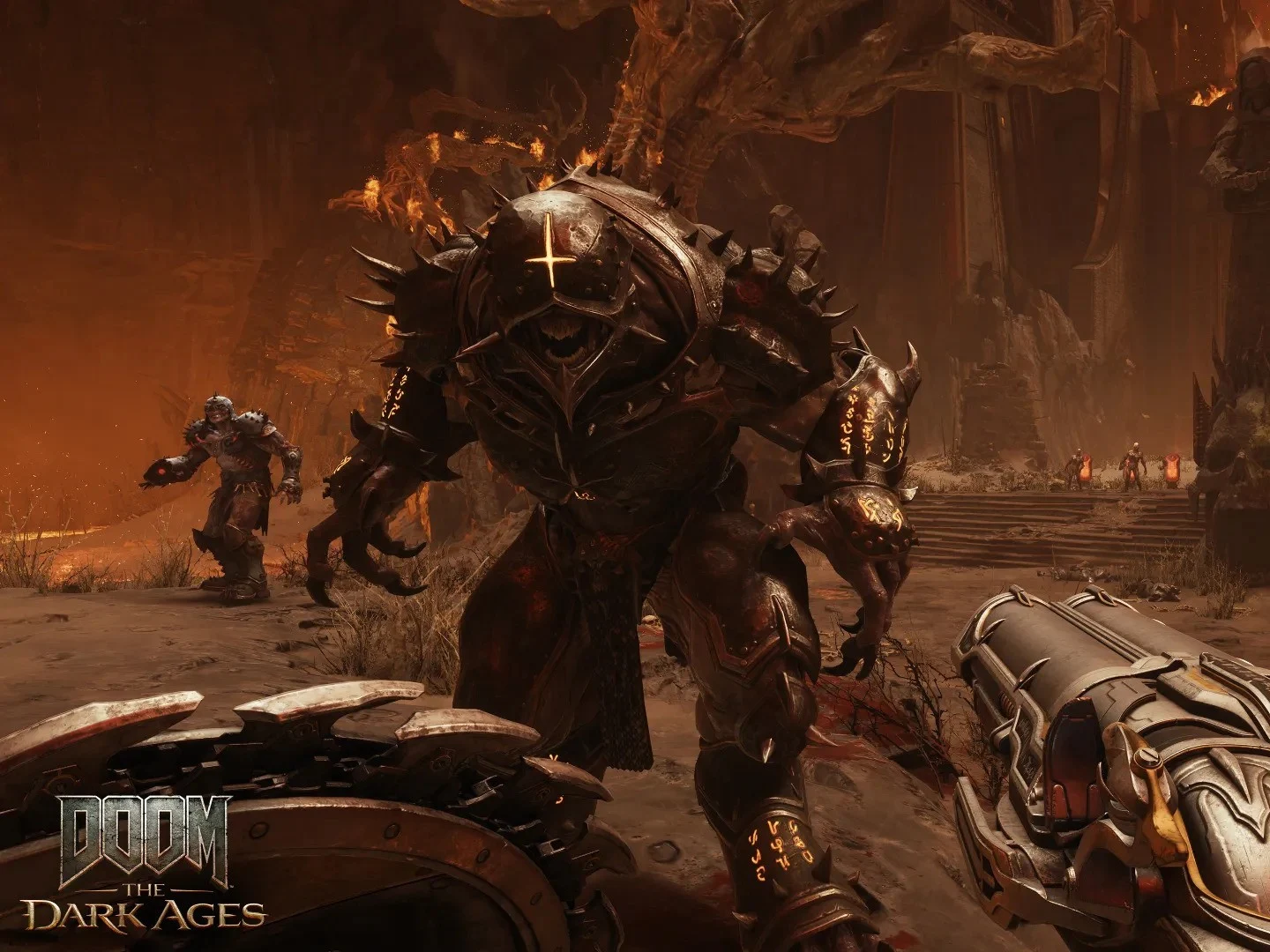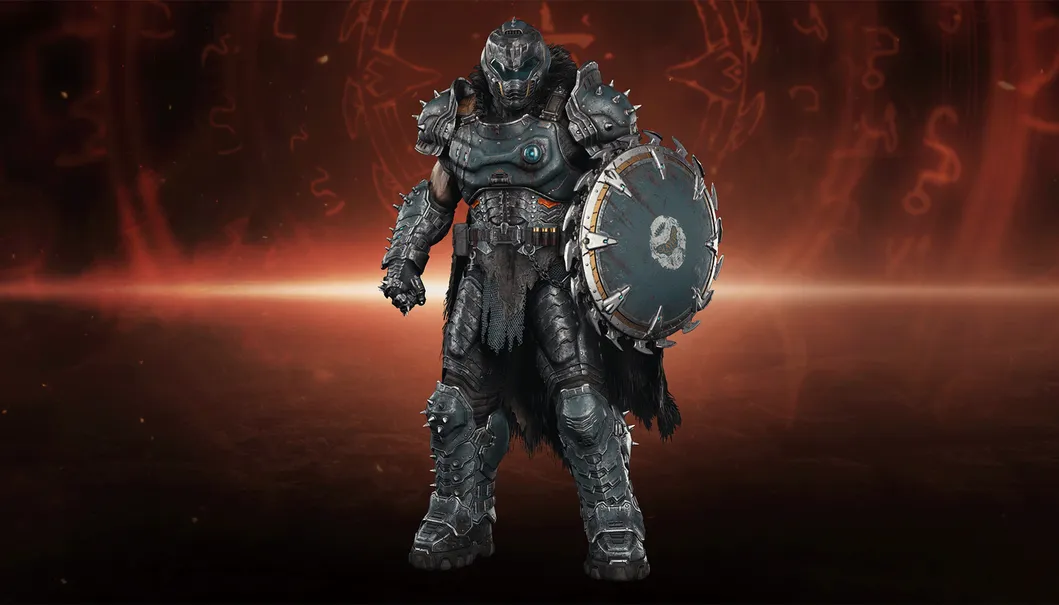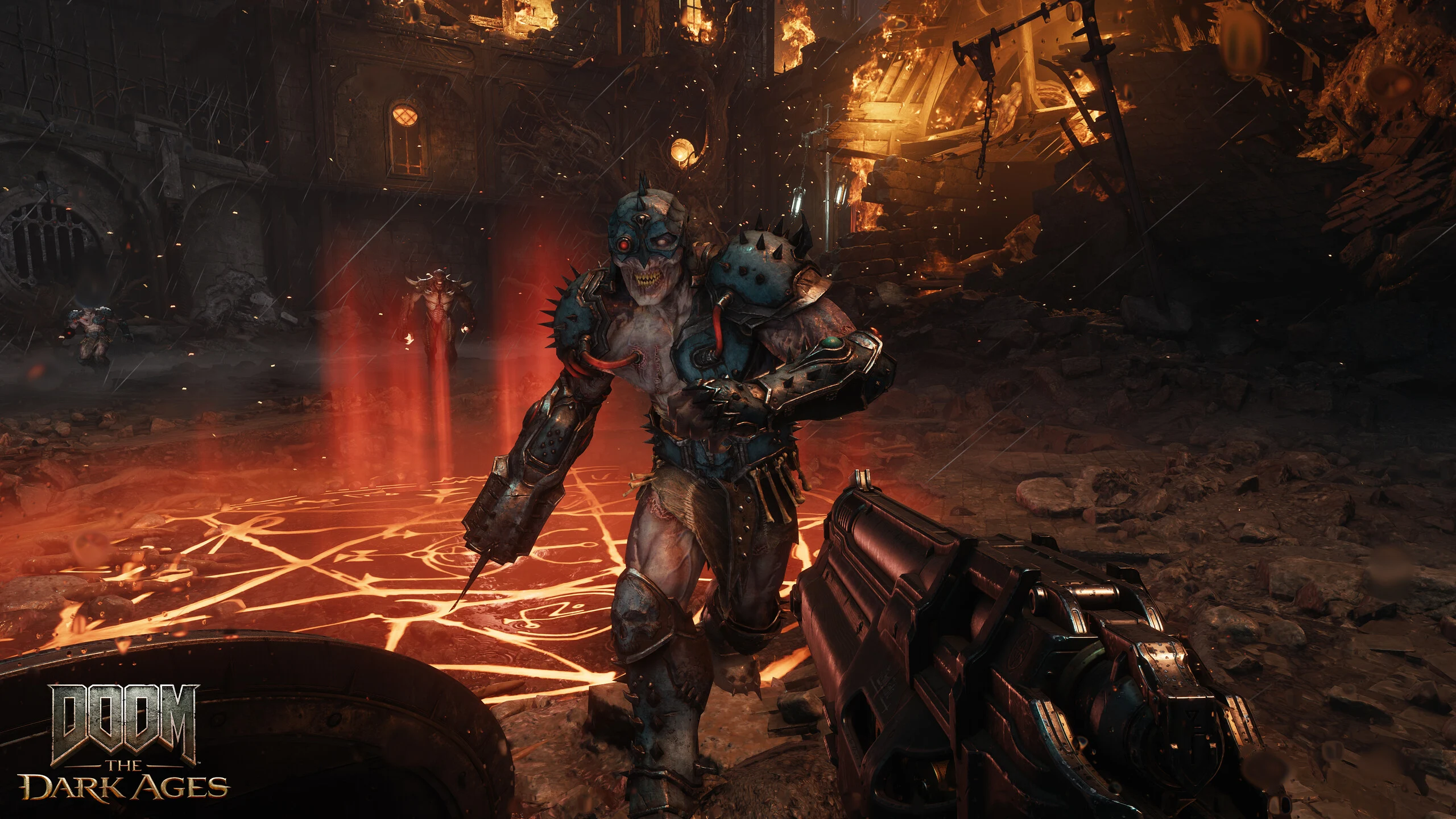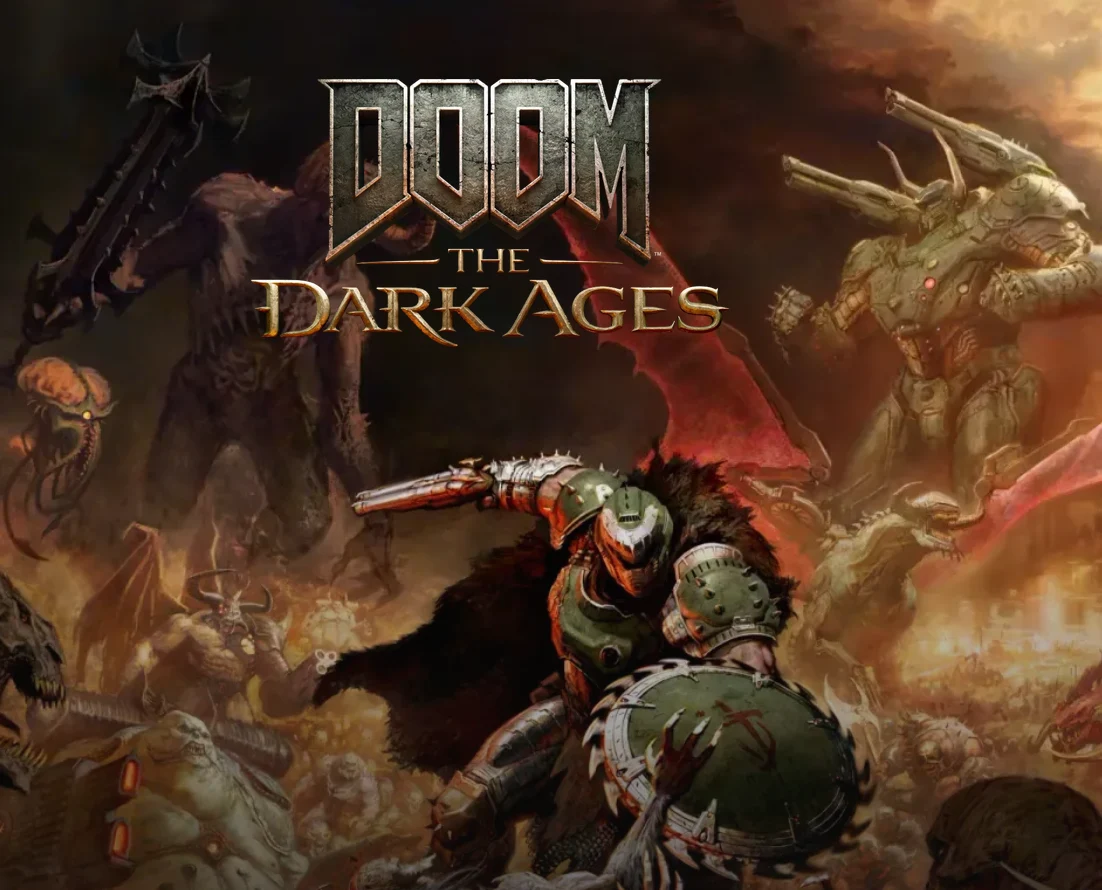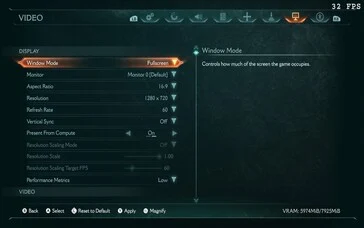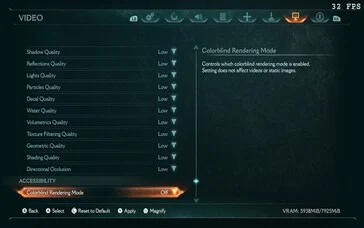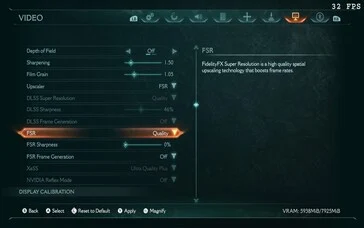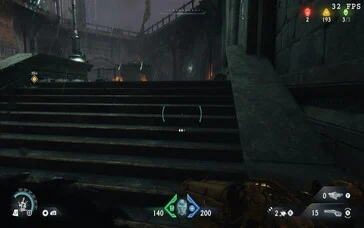Key Takeaways
1. Launch Issues: DOOM: The Dark Ages has been launched after early access, but many players on devices like the Asus ROG Ally are experiencing crashes and performance problems.
2. GPU Driver Problems: Players often receive warnings about outdated GPU drivers, particularly affecting handheld systems, and updating these drivers is challenging due to slow manufacturer support.
3. Developer Acknowledgment: The developers are aware of the driver-related issues and are working on fixes, with some users noticing improvements after recent driver updates, though problems persist for many.
4. Performance Discrepancies: The game runs better on the Steam Deck due to Valve’s cohesive software and driver setup, highlighting differences in performance reliability between Linux and Windows handheld devices.
5. Market Impact: The situation illustrates a larger issue in the handheld PC market, where inconsistent driver updates can prevent users from accessing new game titles, limiting the potential of powerful hardware.
DOOM: The Dark Ages has finally been launched after an early access phase for Premium and Collector’s Edition players. The game is meant to work on various Windows 10 and 11 devices, including portable gaming PCs. However, many players are facing significant problems. For instance, on the Asus ROG Ally with an AMD Ryzen Z1 Extreme APU, reports suggest that the game crashes shortly after starting, even when it is set to low graphics and running at about 30 frames per second.
GPU Driver Challenges
As reported by PC Gamer, players might see a warning message when they try to start the game, which says that the GPU driver on their device is outdated for this game. The article also points out that updating GPU drivers for the ROG Ally is difficult, as Asus has been slow in providing updates, making users wait for the manufacturer. A user on Reddit mentioned that they also received a GPU driver warning when trying to play DOOM: The Dark Ages through Xbox Game Pass, followed by a black screen that caused their PC to freeze, requiring a restart.
Developers’ Response
The developers have recognized the issues related to drivers that affect handheld systems like the ROG Ally and Legion Go and are actively working to fix these problems. There have been recent graphics driver updates for the ROG Ally, and some users noticed improvements after installing the update. Nonetheless, community feedback indicates that certain players still face problems. For instance, a Reddit user reported struggling to find the latest AMD drivers in Armoury Crate, implying that the update might not be detected automatically for everyone.
User Experiences
Another Reddit user named StevWong shared their experience, stating that even with low settings, the game froze after just a few seconds. They reported, “Inside game I set most things to LOW and then I was inside the game, for 2 seconds. Because when I was trying to walk and turn, my Ally hang. It did not register any input from all the Ally buttons. The fan was running like crazy as well. I had to long pressed the Ally on off button to force turned off the Ally.”
In a recent YouTube video by Deck Wizard, the game starts for a moment on the ROG Ally before it freezes. Although it runs at 30 frames per second on low settings with FSR activated, the footage reveals the game crashing soon after launch, likely due to outdated GPU drivers. The video illustrates the difficulties faced by handheld Windows devices when the drivers provided by vendors lag behind game releases.
Performance Comparisons
While the Z1 Extreme chip is technically able to deliver solid performance for AAA games, as indicated in benchmarks by Tom’s Hardware, its performance is highly dependent on the quality of the software. If driver support is inconsistent or outdated, the hardware’s full capabilities cannot be realized.
On the other hand, DOOM: The Dark Ages performs more reliably on the Steam Deck, which benefits from Valve’s cohesive SteamOS software and driver setup, helping to prevent the performance issues seen on the ROG Ally. A quick SteamOS update resolved launch problems, showcasing Valve’s ability to provide fixes directly through its integrated operating system. This situation emphasizes a widening gap in handheld gaming reliability between Linux and Windows platforms. Valve’s integrated system has enabled the Steam Deck to avoid the fragmented support that devices like the ROG Ally face, where driver updates depend on multiple vendors.
Market Implications
This scenario sheds light on a broader issue within the expanding handheld PC market. Without a steady flow of OEM driver updates, users may be excluded from major new titles, regardless of how powerful their hardware might be. As game developers increasingly incorporate advanced technologies such as ray tracing, AI-driven upscaling, and real-time global illumination, outdated drivers are likely to pose a growing obstacle for otherwise capable systems.
Source:
Link

